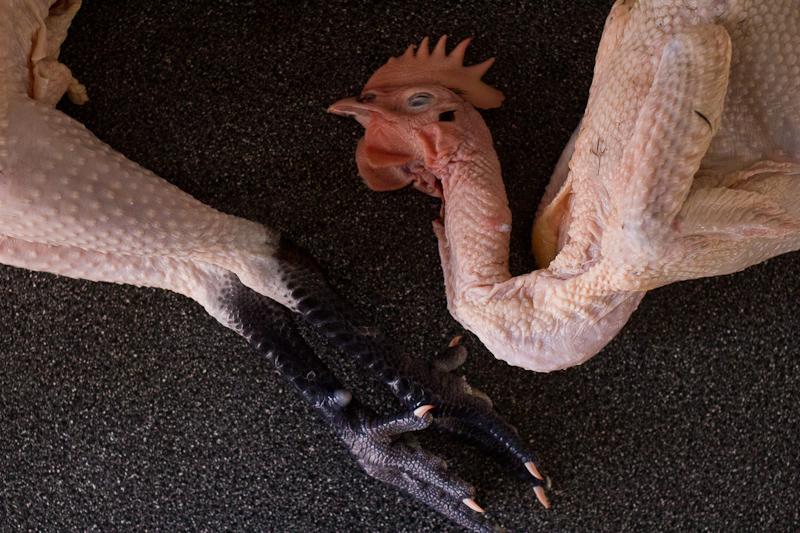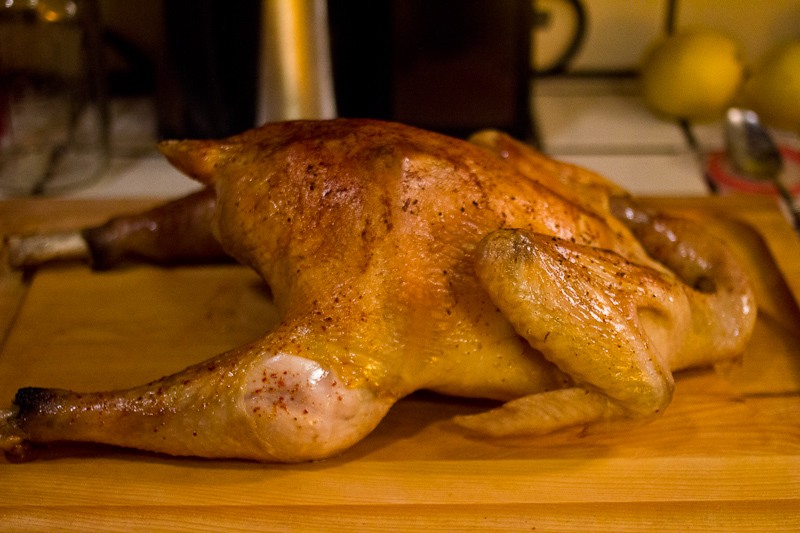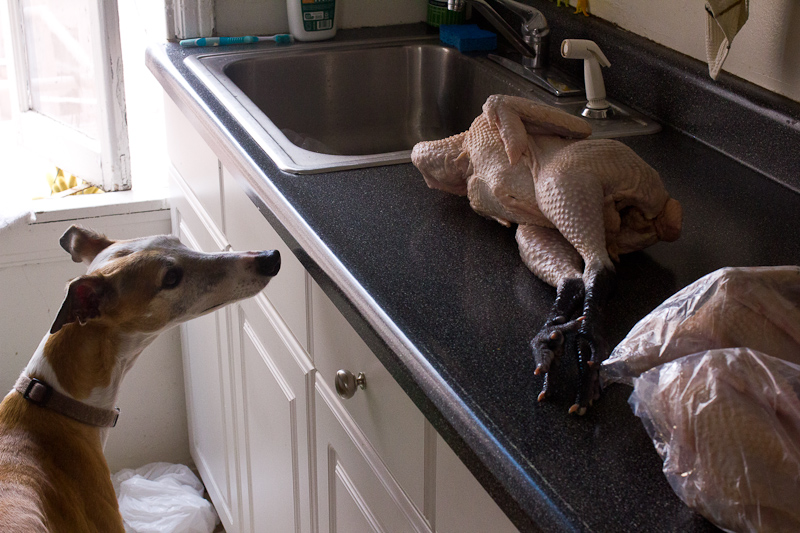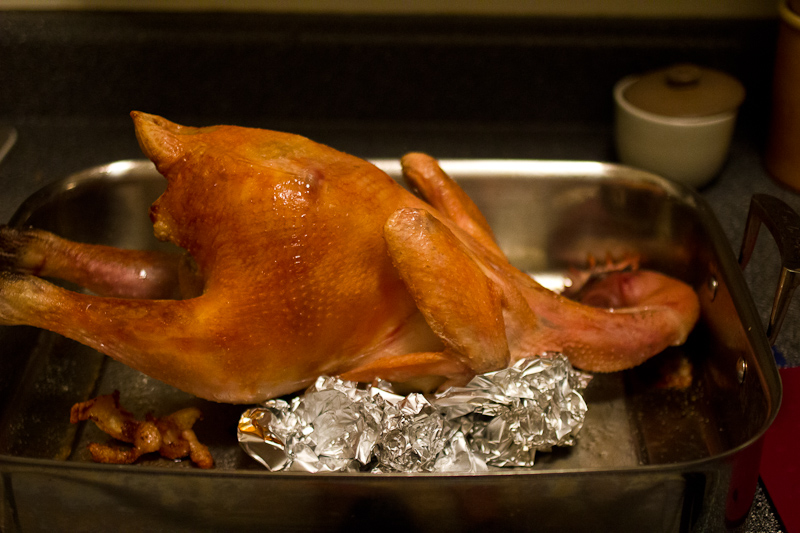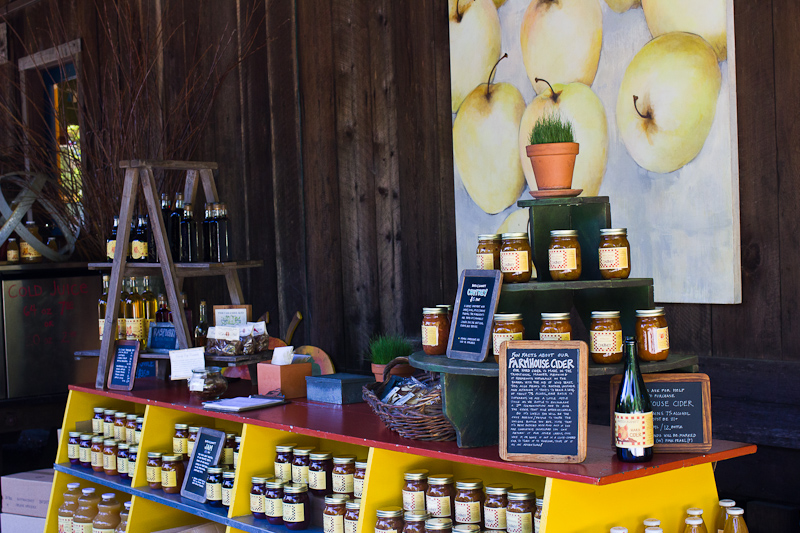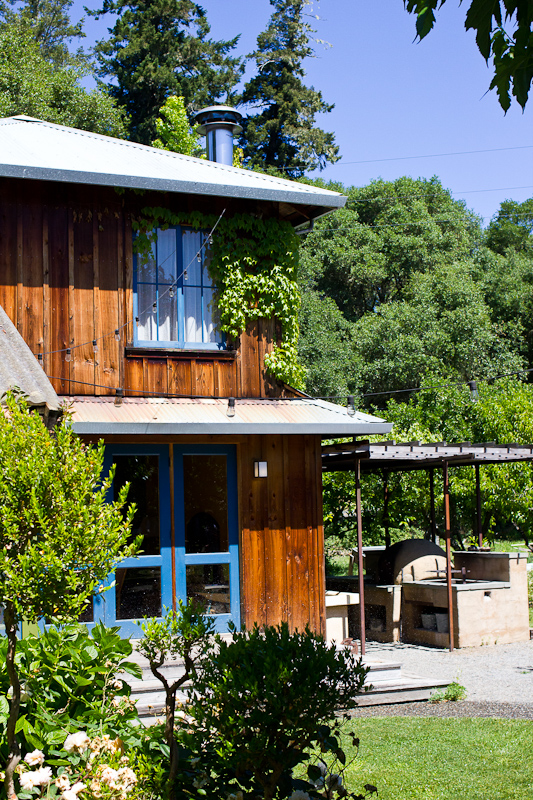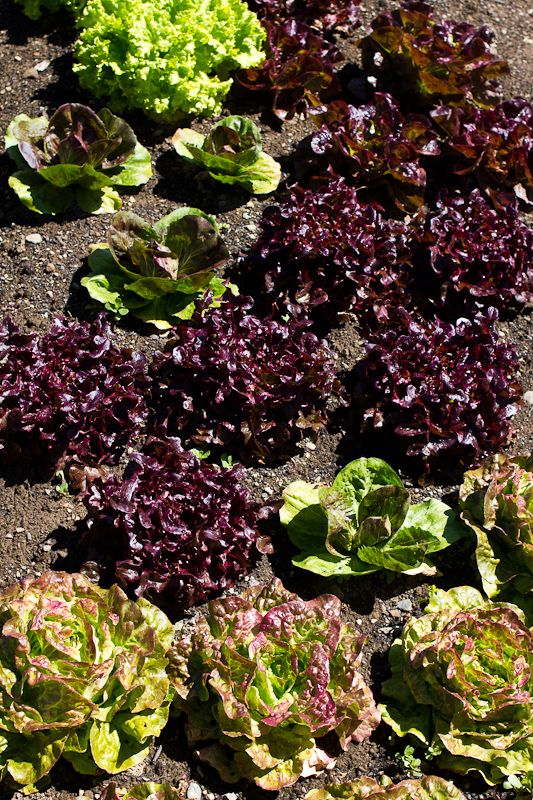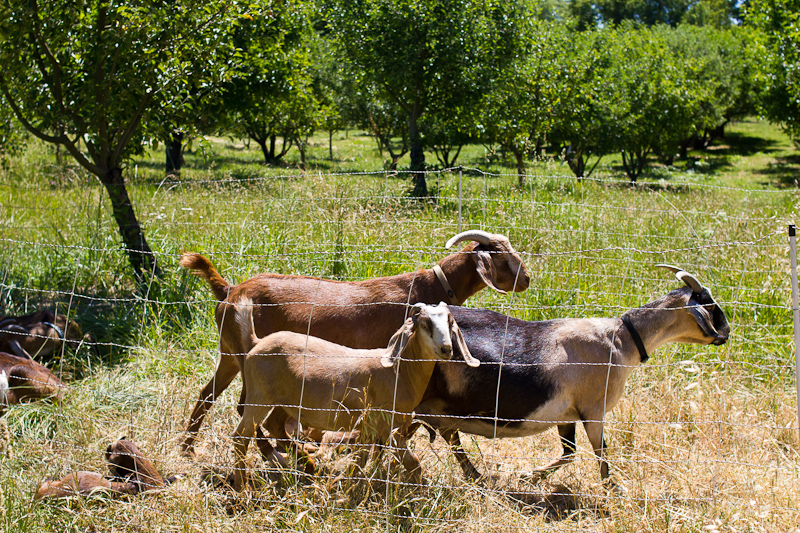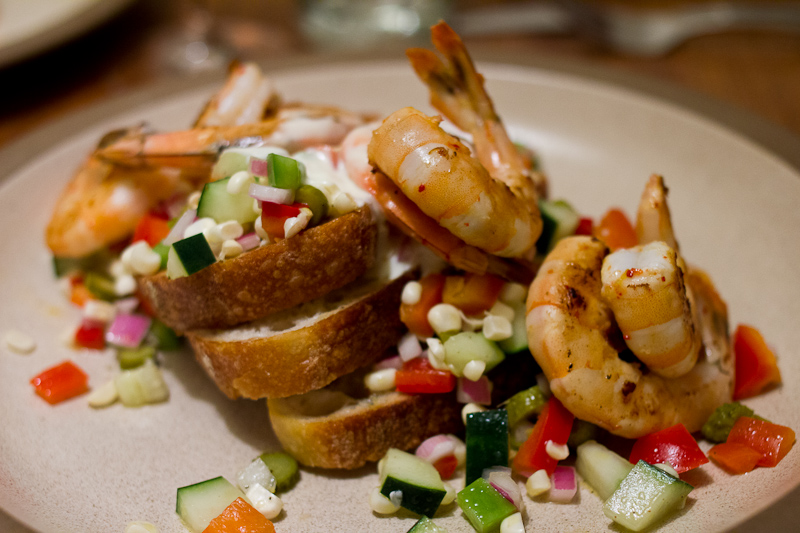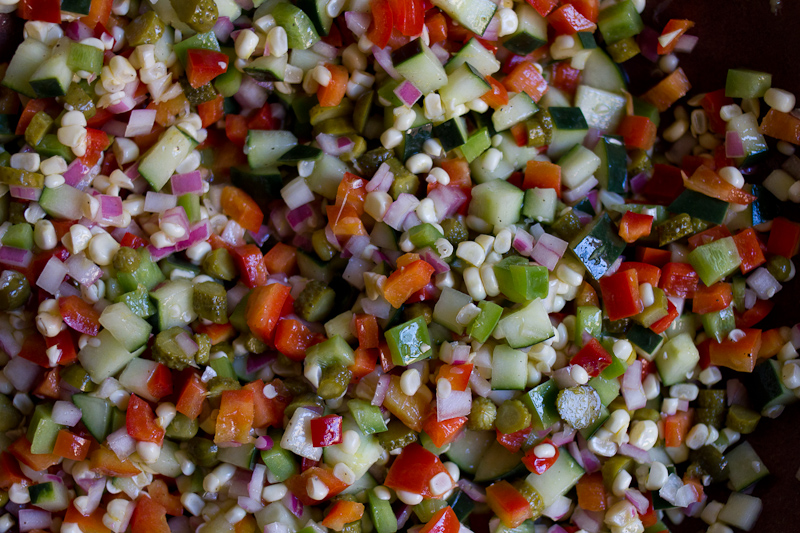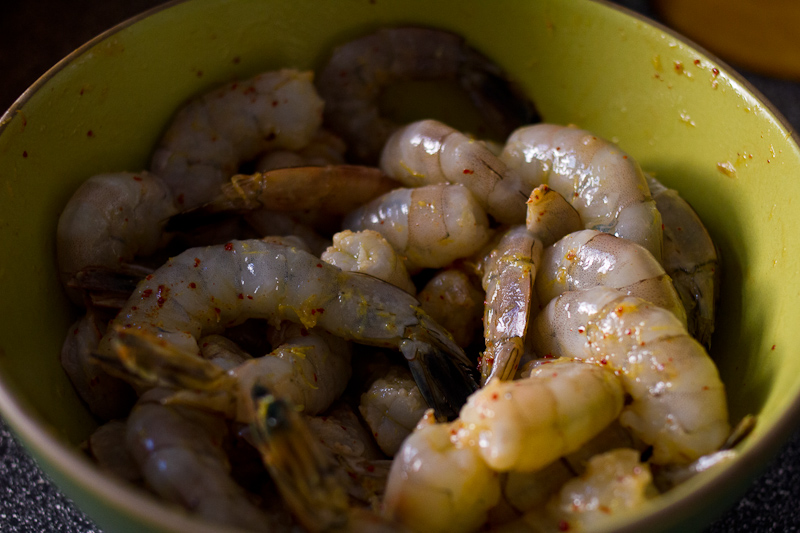This past week, we had a wonderful opportunity through Eatwell Farm, our CSA farm, to cook three very special chickens. The chickens are a heritage breed, Black Australorp, and were raised in the open air on pasture for the past four months at their farm as part of a sustainable poultry project they’ve been developing at the farm. The birds were harvested the very same morning they were dropped off with me. I know for a fact that I’ve never had the chance to cook a chicken as fresh or as humanely raised as these beauties, and the experience was delicious from start to finish.
In the United States, and especially in big cities, we’re incredibly distanced from where our food comes from. Our meat comes butchered, pre-packaged and shrink-wrapped, even if we’re shopping at quality markets. It’s very easy to forget that meat comes from animals, animals who gave their life so that we could take pleasure in eating them. It’s a convenient system, but I find, even as a person who thinks about food a lot, I often forget this incredibly important fact.
And so it was exciting, and intimidating, to be handed three large birds with head and feet still attached on Friday afternoon. They were impressive and a bit scary with their black talons sticking eight inches out of a plastic bag. But what I did not expect when I signed up to test cooking a few chickens was how differently I’d feel about the birds because of this simple change in butchering style.
My emotional connection to sitting down for a meal is very strong, but I’ve never experienced that type of connection with a piece of raw meat before now. Sure I’ve appreciated a steak for it’s perfect marble, but holding that chicken’s head in my hand, examining it’s long, lean legs, I felt an entirely new appreciation for the creature and for the effort that went into raising it. Because it was undeniable that the bird I was planning to cook was a very real animal, cooking it was even more meaningful. I could begin to grasp the sacredness this exchange. That awareness is something that we don’t often experience with city living, and I’m grateful for it. Being more thoughtful and emotionally engaged is always a good thing, especially regarding something we do every single day—eat.
Now, what you really want to know—how did that handsome bird taste? The skin was phenomenal. Thicker and fattier than a typical store-bought chicken, which meant it crisped up into perfect chicken cracklins! I could have eaten the whole birds worth on my own. The meat was far more complex than a conventional bird, even the breasts had a ton of flavor. The thighs and legs were not as tender, but I liked that, evidence that the bird used it’s muscles like it was meant to. Our friend Josh thought the chicken tasted wild, and meant that in the most complimentary way possible. Thanks to these chickens, we had two very special meals, and I’d jump at the chance to cook more of these wonderful birds.
Roast Chicken with Butter, Piment d’Ville and Lemon
1 whole chicken
kosher salt
4 tablespoons butter, melted
Piment d’Ville (or other mildly spicy and flavorful pepper, piment d’espelette, paprika, ancho chili)
1 lemon
A note on my butchering before we begin, I roasted these birds the same way on two separate occasions. One I brought over to our friends place, and not knowing the size of their oven, I cut off part of the legs and butterflied the chicken. These were tall chickens! The other I roasted at home and left completely intact, using tinfoil to keep the bird upright. I must say quite enjoyed the presentation!
One day before you plan to cook your chicken, sprinkle it liberally with salt. I like to use about 1 teaspoon per pound, as the wonderful Judy Rodgers of Zuni Café recommends (and if anyone knows a roast chicken, it’s Zuni). Salting early allows the salt to really permeate the meat and keeps it very moist after cooking.
Preheat your oven to 400° F. Place your chicken in the center of a large roasting pan. After about 25 minutes, baste your bird with the fat that has rendered out. Tilt the pan, and just spoon the fat over the whole chicken. After about 35 minutes, check the it and baste it again, this time with a little melted butter. My bird was done after about 40 minutes, but be sure to check yours for doneness. The internal temperature should be 160° F.
Remove the chicken from the oven, and sprinkle it with the Piment d’Ville, or whatever pepper is your favorite. Let it rest for 10 minutes before carving. Carve the chicken, taking care to put a piece of crispy skin with each piece of meat. Pour the remaining melted butter over the carved chicken pieces and sprinkle with lemon juice.
-Emily
Ps. Coming up next with our final chicken—coq au vin!
